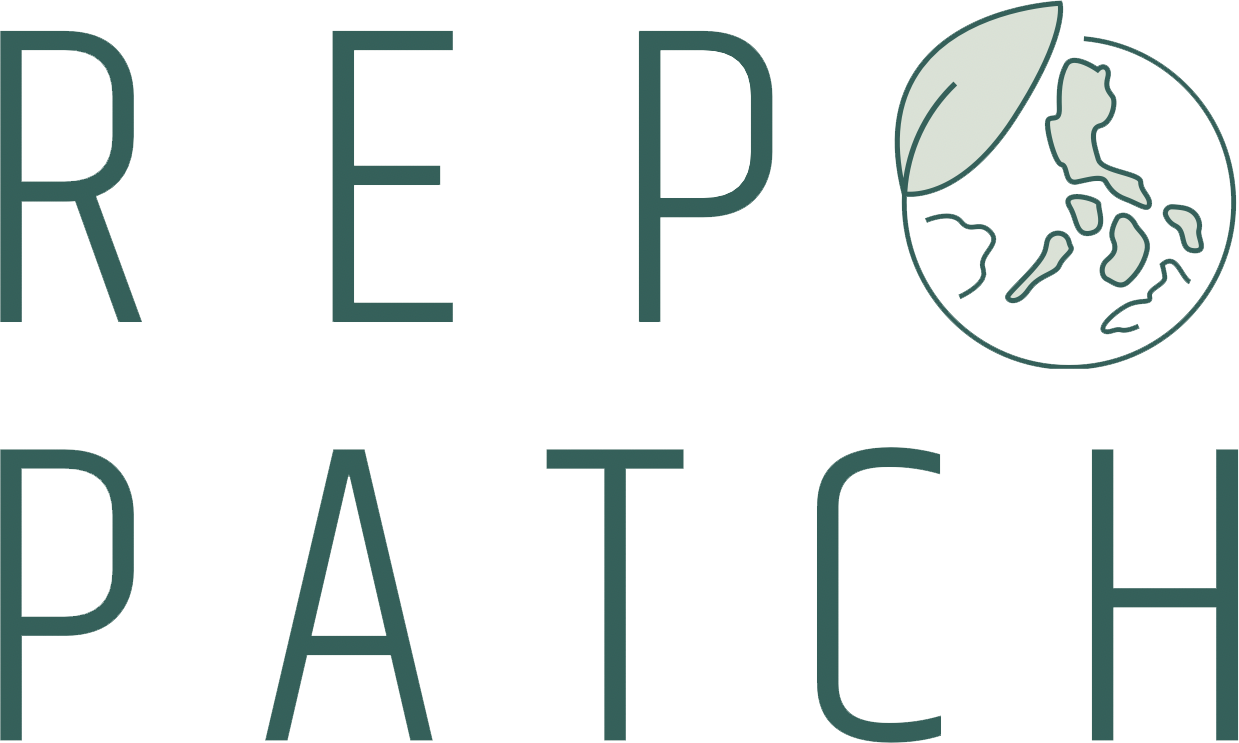Shrinkflation article, we will examine the concept of shrinkflation in detail, we will also discuss examples from around the world starting from my own experience. Have you noticed any differences in your shopping in recent years? For example, have the sizes of your old favorite products shrunk while their prices remained almost the same? Many of us have come across such changes, especially in products and brands we regularly shop for. Behind such changes lies a strategy that more and more brands are resorting to: Shrinkflation (shrinkage or hidden price hike). The size change in IKEA’s recent tealight candles caught my attention, and when I started researching, I came across the concept of shrinkflation.
IKEA’s Tealight Candles and Shrinkflation Strategy

When I compared the new ones with the few old ones I had left at home during my last shopping trip, I noticed a difference: the candles had changed in size very slightly. As you can see in the photo, there was only a 1mm decrease. However, this downsizing is an example of a simple but effective strategy that brands can use to increase their profits. Although the downsizing is small enough to be visible, such changes are part of the bigger picture, because this strategy increases the company’s profits by selling more candles.
While the candles have shrunk in size, the prices have remained the same. This is a very effective way for the company to reduce its costs and increase its profits, while not being noticed by the consumer. Shrinkflation may be an invisible change, but such small changes in production processes and logistics can create big savings.
Now, let’s take a deeper look at what exactly shrinkflation is and how brands implement this strategy. This change in IKEA’s candles is just one example of shrinkflation happening on a global scale. So how does this strategy work and what are the consequences for us as consumers?
What is Shrinkflation?
The term “shrinkflation” is derived from the English words “shrink” and “inflation” and was first used by Economist Pippa Malmgren.* Shrinkflation is when the physical size or content of a product is reduced, but the price remains the same. Simply put, by reducing the size of the product while not changing the price, manufacturers are actually giving the consumer a “hidden markup”. This is usually done with very small changes that the consumer won’t notice. However, small changes can lead to big cost differences and profits in the long run.
Other Examples Based on Shrinkflation
An example from our IKEA experience. Companies are making significant savings by implementing shrinkflation strategies across different product lines. Here are some notable examples:
Coca-Cola: In 2009, Coca-Cola reduced the size of its famous 2-liter bottles. While the product quantity was reduced, the price remained the same. The company achieved significant savings by reducing production and logistics costs.
Nestlé: Nestlé is famous for its frequent shrinkflation, especially on its chocolates. While reducing the size of its chocolate bars, it did not change the prices. This was a move that began with the brand’s goal of increasing its annual profit.
Toblerone: Another famous example is Toblerone chocolate. In 2016, the company shortened the length of its chocolate bars, reducing the amount of chocolate used in each piece. This change indirectly increased its profits by reducing both production costs and transportation costs.
Kellogg’s: The famous breakfast cereal brand reduced the size of its cereal boxes while keeping the prices the same. This is an example of shrinkflation that is applied without being noticed by consumers.
The Economics Behind Shrinkflation: Why Is It Preferred?
So why are such strategies so attractive to companies? This strategy is especially preferred in places where inflation is high. Shrinkflation provides many advantages to companies:
Lower Production Costs: Using less material to produce provides companies with significant cost savings.
Logistic Advantages: Shrinking products reduces transportation costs. This can be quite effective, especially in large-volume products.
Competitive Advantage in the Market: Keeping prices constant and offering the same products at lower costs allows companies to become more competitive in the market.
Price Psychology: Since consumers do not directly notice the price of the product, they do not complain about price increases. Thus, the hidden price hike strategy can be implemented more easily.
What Can We Do As Consumers?
Since shrinkflation is a strategy that often enters our lives without us noticing, it can take time for consumers to understand these changes. However, as a conscious consumer, it is possible to develop awareness against such strategies and produce alternative solutions.
First of all, reviewing our shopping habits and following changes in the weight, volume and content of products is an important step. In order to realize that brands have reduced package sizes over time and kept prices constant, comparing old and new products is important in order to counter this strategy.
In addition, turning to sustainable and long-lasting alternatives can be one of the ways to minimize the effects of shrinkflation. For example, instead of frequently consumed single-use products, more economical and environmentally friendly solutions can be preferred in the long term.
Big Differences Can Start with Small Changes
Shrinkflation allows brands to increase their profits by reducing their costs, while unknowingly directing consumers to shop more frequently. However, we can minimize the effects of this strategy by shopping consciously, producing alternative solutions and turning to sustainable options. Just as brands make extra profits by making small changes to their products, we too can make big differences in the long run with small changes in our shopping preferences.







